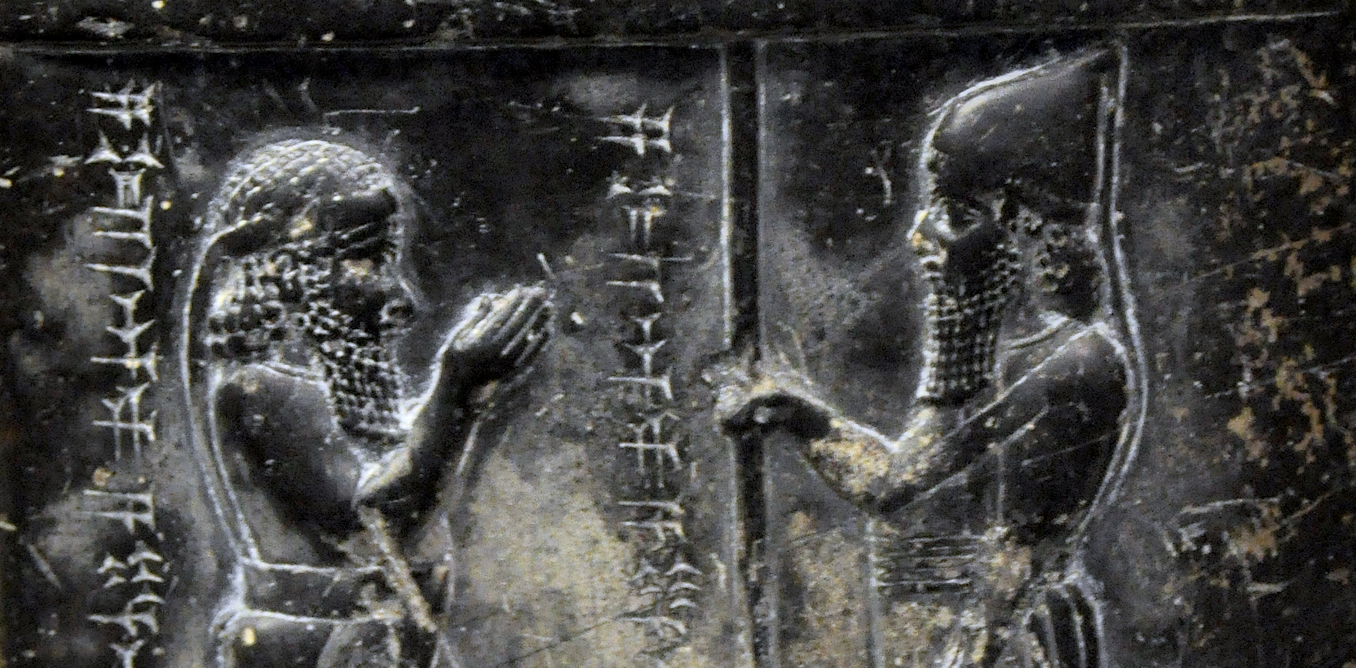by DANIEL MANSFIELD

Our modern understanding of trigonometry harks back to ancient Greek astronomers studying the movement of celestial bodies through the night sky.
But in 2017, I showed the ancient Babylonians likely developed their own kind of “proto-trigonometry” more than 1,000 years before the Greeks. So why were the Babylonians interested in right-angled triangles? What did they use them for?
I have spent the past few years trying to find out. My research, published today in Foundations of Science, shows the answer was hiding in plain sight.
Many thousands of clay tablets have been retrieved from the lost cities of ancient Babylon, in present-day Iraq. These documents were preserved beneath the desert through millennia. Once uncovered they found their way into museums, libraries and private collections.
One example is the approximately 3,700-year-old cadastral survey Si.427, which depicts a surveyor’s plan of a field. It was excavated by Father Jean-Vincent Scheil during an 1894 French archaeological expedition at Sippar, southwest of Baghdad. But its significance was not understood at the time.
The Conversation for more
